Shadi Banitaan
Ensemble of Learning Project Productivity in Software Effort Based on Use Case Points
Dec 16, 2018
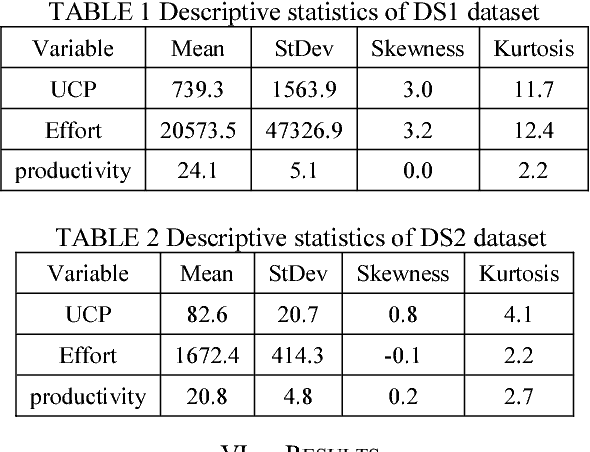
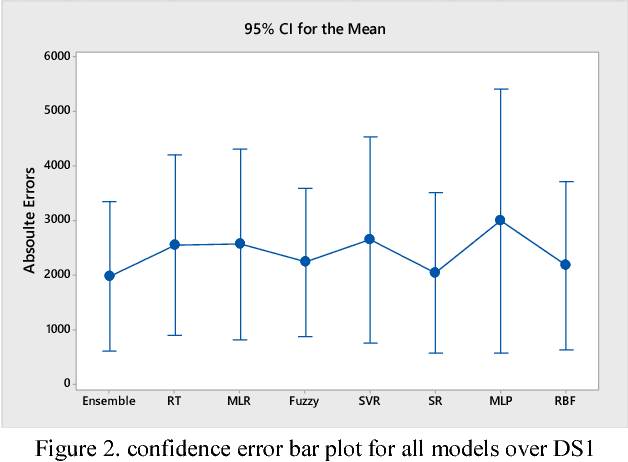
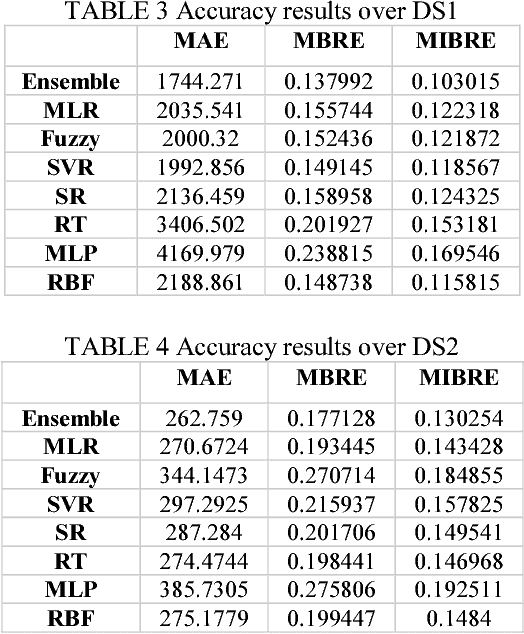
Abstract:It is well recognized that the project productivity is a key driver in estimating software project effort from Use Case Point size metric at early software development stages. Although, there are few proposed models for predicting productivity, there is no consistent conclusion regarding which model is the superior. Therefore, instead of building a new productivity prediction model, this paper presents a new ensemble construction mechanism applied for software project productivity prediction. Ensemble is an effective technique when performance of base models is poor. We proposed a weighted mean method to aggregate predicted productivities based on average of errors produced by training model. The obtained results show that the using ensemble is a good alternative approach when accuracies of base models are not consistently accurate over different datasets, and when models behave diversely.
v-SVR Polynomial Kernel for Predicting the Defect Density in New Software Projects
Dec 15, 2018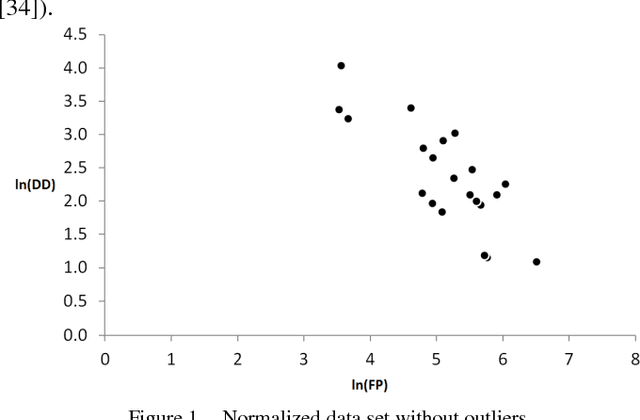
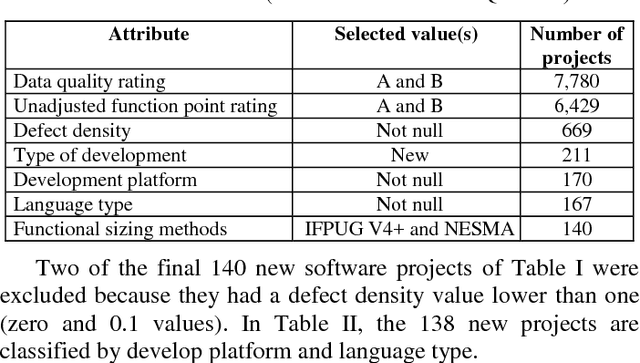
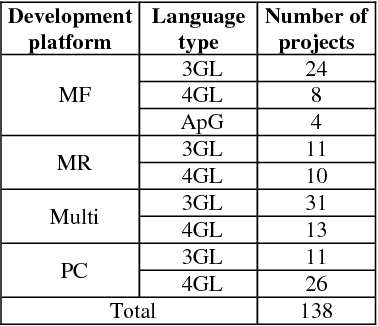
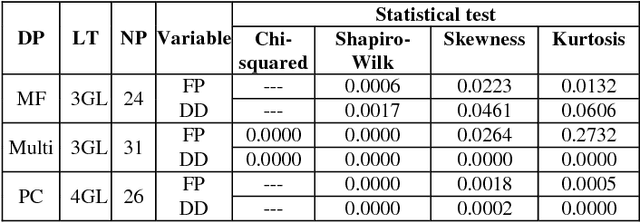
Abstract:An important product measure to determine the effectiveness of software processes is the defect density (DD). In this study, we propose the application of support vector regression (SVR) to predict the DD of new software projects obtained from the International Software Benchmarking Standards Group (ISBSG) Release 2018 data set. Two types of SVR (e-SVR and v-SVR) were applied to train and test these projects. Each SVR used four types of kernels. The prediction accuracy of each SVR was compared to that of a statistical regression (i.e., a simple linear regression, SLR). Statistical significance test showed that v-SVR with polynomial kernel was better than that of SLR when new software projects were developed on mainframes and coded in programming languages of third generation
Pareto Efficient Multi Objective Optimization for Local Tuning of Analogy Based Estimation
Nov 29, 2016



Abstract:Analogy Based Effort Estimation (ABE) is one of the prominent methods for software effort estimation. The fundamental concept of ABE is closer to the mentality of expert estimation but with an automated procedure in which the final estimate is generated by reusing similar historical projects. The main key issue when using ABE is how to adapt the effort of the retrieved nearest neighbors. The adaptation process is an essential part of ABE to generate more successful accurate estimation based on tuning the selected raw solutions, using some adaptation strategy. In this study we show that there are three interrelated decision variables that have great impact on the success of adaptation method: (1) number of nearest analogies (k), (2) optimum feature set needed for adaptation, and (3) adaptation weights. To find the right decision regarding these variables, one need to study all possible combinations and evaluate them individually to select the one that can improve all prediction evaluation measures. The existing evaluation measures usually behave differently, presenting sometimes opposite trends in evaluating prediction methods. This means that changing one decision variable could improve one evaluation measure while it is decreasing the others. Therefore, the main theme of this research is how to come up with best decision variables that improve adaptation strategy and thus, the overall evaluation measures without degrading the others. The impact of these decisions together has not been investigated before, therefore we propose to view the building of adaptation procedure as a multi-objective optimization problem. The Particle Swarm Optimization Algorithm (PSO) is utilized to find the optimum solutions for such decision variables based on optimizing multiple evaluation measures
 Add to Chrome
Add to Chrome Add to Firefox
Add to Firefox Add to Edge
Add to Edge